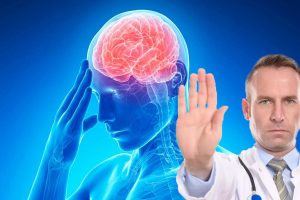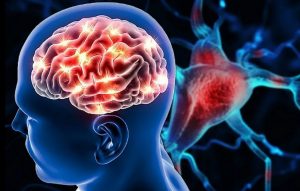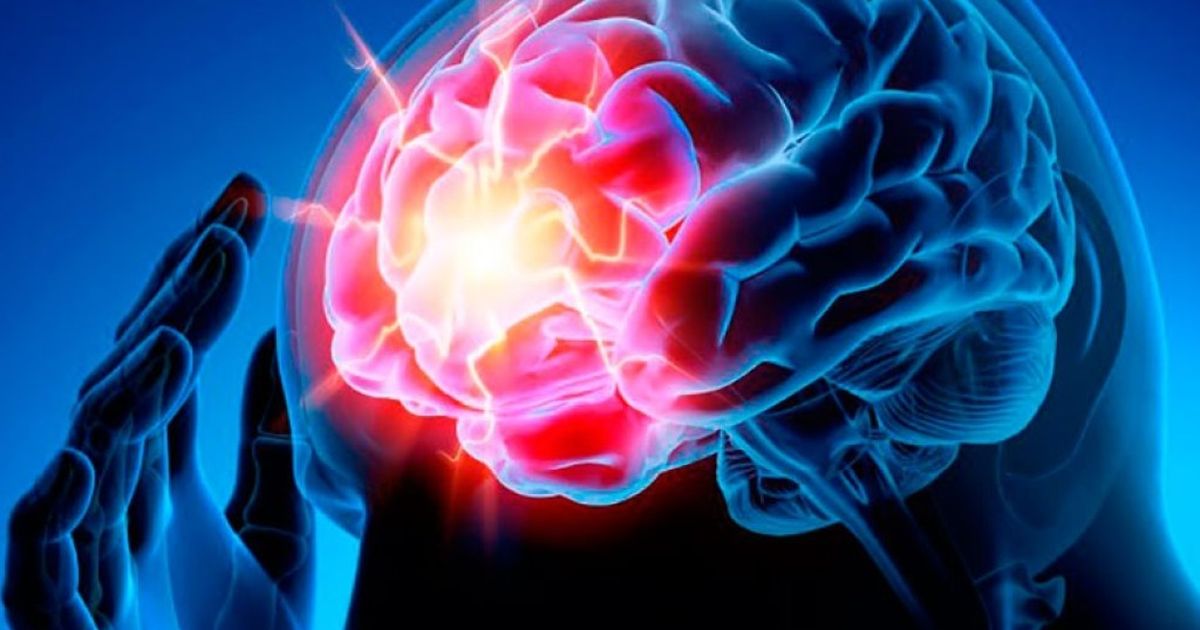Stroke is traditionally regarded as an “age-related” disease. But:
“Every year, the number of cases among young people and even among children is increasing. Today, you will not surprise anyone with an acute disturbance of the blood supply to the brain in a 30-year-old, ”the expert said in an interview with“ News.ru ”.
The figures from the official statistics are also striking by the “scale of the catastrophe”:
disability after a stroke ranks first among all other diseases in Russia;
mortality after the first “episode” of acute cerebrovascular accident is about 30%
in Russia, mortality from stroke, despite the efforts of doctors, remains one of the highest in the world.
The most severe consequences of a stroke are various paralysis and paresis, incompatible with “independent” life.
Causes
In most cases (about 80%), a stroke is ischemic in nature, when, due to a number of reasons, the blood supply to a part of the brain completely stops. This leads to the “death” of neurons and the loss of the function for which they were “responsible” (speech, facial expressions, coordination, and so on).
The reasons for the development of “events along this path” may be:
atherosclerotic plaques narrowing the lumen of the vessel,
blood clots blocking the lumen
Atherosclerotic plaques are dangerous not only by mechanical blockage of arteries and arterioles, but also by increased thrombus formation. The fact is that vascular atherosclerosis is a kind of local inflammatory process, accompanied by activations of the blood coagulation system.
More rare causes of blood clots in the vessels of the brain are:
vasculitis (damage to the vascular wall, often of an autoimmune nature);
coagulation disorders (antiphospholipid syndrome, hyperhomocysteinemia);
increased “viscosity” of blood (polycythemia, thrombocytosis, hemoglobinopathy);
rare diseases (fibromuscular dysplasia, etc.).
The risk of emboli (blood clots that come off and travel through the vessels) is especially high in patients with cardiac pathology:
atrial fibrillation,
rheumatic mitral stenosis,
after myocardial infarction,
with bacterial or toxic endocarditis,
with prosthetic heart valves.
Hemorrhagic stroke accounts for about 20% of cases and is a hemorrhage in the brain tissue. This is possible as a result of injuries, damage to the walls of blood vessels, as well as a sharp increase in blood pressure.
Diagnostics
In most cases, the severe consequences of a stroke can be avoided with timely diagnosis and correction (or elimination) of risk factors.
In particular, an acute headache can be a sign of a microstroke and the risk of a larger lesion in the future. However, due to the “unpopularity” of the annual screening, a visit to a doctor is more often associated with a “vascular catastrophe” that has already happened.
Due to the wide range of risk factors, including acute and / or chronic stress, the following are recommended for regular monitoring:
1.lipid metabolism indicators (risk or degree of atherosclerosis):
total cholesterol,
HDL,
LDL,
VLDL,
triglycerides,
atherogenic coefficient;
2. indicators of blood coagulation (identification of the risk of thrombus formation):
fibrinogen https://en.wikipedia.org/wiki/Fibrinogen,
prothrombin,
antithrombin III,
ceruloplasmin,
antibodies to phospholipids (cardiolipin, phosphatidylserine, phosphatidylinositol, phosphatidylic acid).
3. complete blood count with leukocyte count (risk of polycythemia, thrombosis, anemia);
4. blood glucose or glycated hemoglobin (risk of diabetes mellitus and associated vascular damage).



